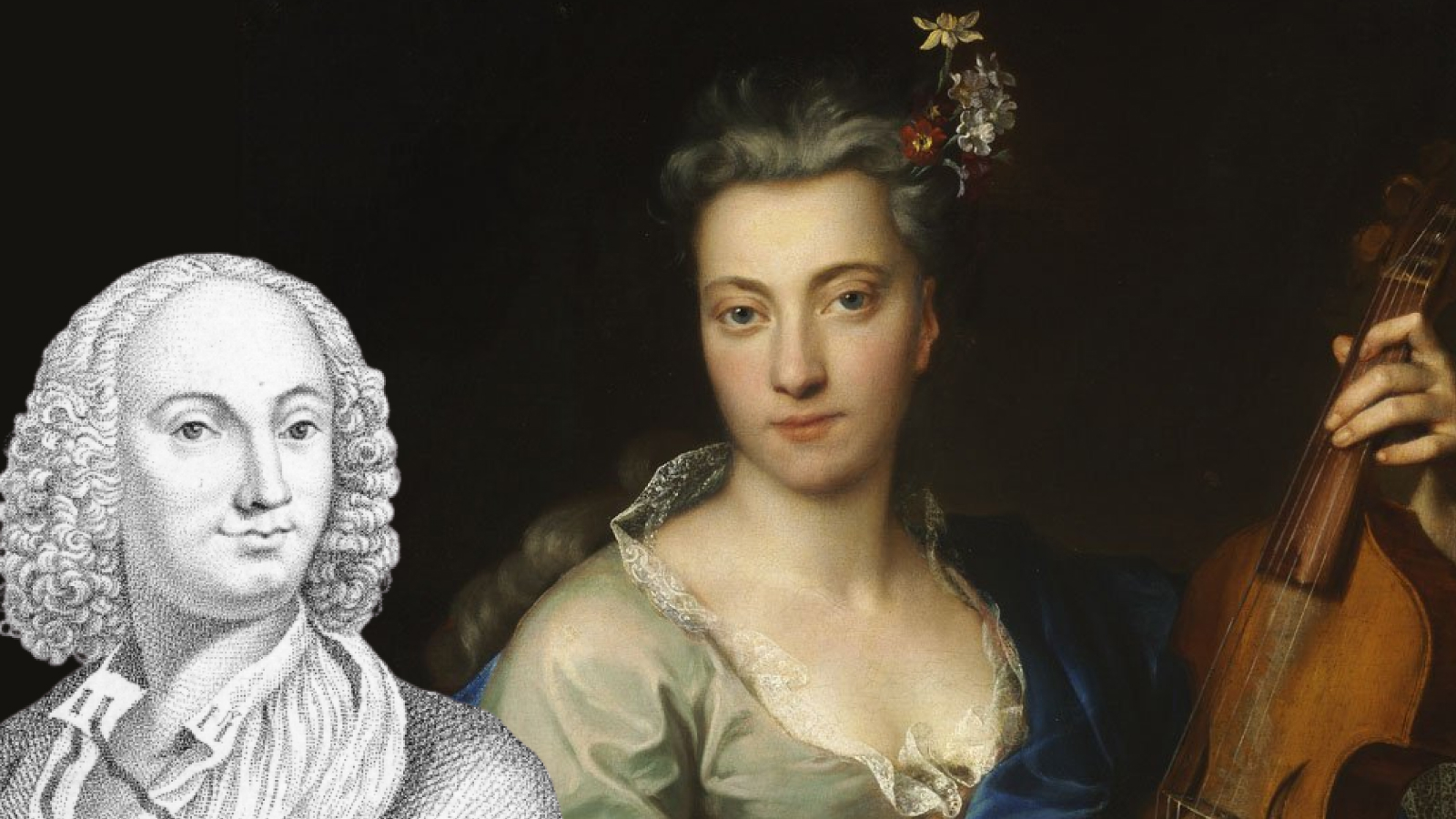Sir Andrew Davis: Remembering a Conductor’s Conductor
We remember Sir Andrew Davis, a true maestro whose life in music touched hearts globally. From the Royal College of Music to the world’s grea...

Once a prized instrument of Baroque composers, the viola d’amore is a beautiful enigma of musical history. Let’s dive into its captivating world, from Vivaldi’s compositions to its modern revival.
The viola d’amore, with its evocative name suggesting a “viola of love”, remains one of the more mysterious members of the string family. Despite its name, it isn’t a close relative to the viola but has a unique resonance and aesthetic of its own.
Historical Spotlight: Vivaldi and Bach
Both Johann Sebastian Bach and Antonio Vivaldi, giants of the Baroque era, were enchanted by the viola d’amore’s sweet, melancholic tone.
Vivaldi, the Venetian maestro, penned several concertos specifically for this instrument. His Concerto in D minor, RV 393 showcases the instrument’s mellow, ethereal quality. Listen to a rendition here.
Bach, on the other hand, used the viola d’amore in his sacred cantatas. His Cantata BWV 152, titled “Tritt auf die Glaubensbahn”, features the instrument, creating an otherworldly atmosphere that enhances the spiritual narrative. Explore this masterpiece here.
Anatomy of the Viola d’amore
With six to seven playing strings and an equal number of sympathetic strings running below, the instrument is a marvel of craftsmanship. These sympathetic strings resonate in harmony with the played strings, creating a natural reverberation.
Its headstock often has a carved blindfolded Cupid or a cherub, symbolizing the blindness of love. The sound holes, rather than the traditional ‘f’ shape, are often a sensual, flame-like design.
Modern-Day Resurgence
Despite its decline after the Baroque period, the instrument hasn’t been forgotten. Contemporary musicians, enchanted by its rich history and distinctive sound, are breathing new life into this antique instrument.
In modern compositions, it finds its space in both orchestral settings and experimental music, showcasing its versatility. Composers like Sofia Gubaidulina have utilized the viola d’amore in avant-garde pieces, emphasizing its haunting timbre.
Moreover, modern-day luthiers, the artisans crafting string instruments, have been reintroducing the viola d’amore. Their innovative designs, while rooted in tradition, often incorporate modern acoustics research.
For those intrigued by its sound, various festivals and workshops worldwide are dedicated to the viola d’amore, ensuring its techniques and tunes are passed down to younger generations.
Beyond classical compositions, the instrument has ventured into film scores, folk music, and even rock genres. Its distinctive sound – a blend of the past and the present – offers a haunting undertone that modern musicians find irresistible.
The viola d’amore, with its rich legacy and ethereal sound, is an instrument waiting to be rediscovered. Whether you’re a seasoned musician or just someone who appreciates the nuances of music, this beautiful instrument offers a melodic journey through time.
Learn more about this instrument at International Viola d’amore Society
We remember Sir Andrew Davis, a true maestro whose life in music touched hearts globally. From the Royal College of Music to the world’s grea...
In the world of classical music, where the past is always present, one name stands out for breathing new life into forgotten melodies. Philippe Jar...
Klaus Mäkelä, a name synonymous with orchestral brilliance, is set to take the baton from Riccardo Muti as the Chicago Symphony Orchestra’s...
In the world of contemporary music, few names resonate as profoundly as that of Eötvös Péter. A maestro whose life was a rich tapestry of melody...